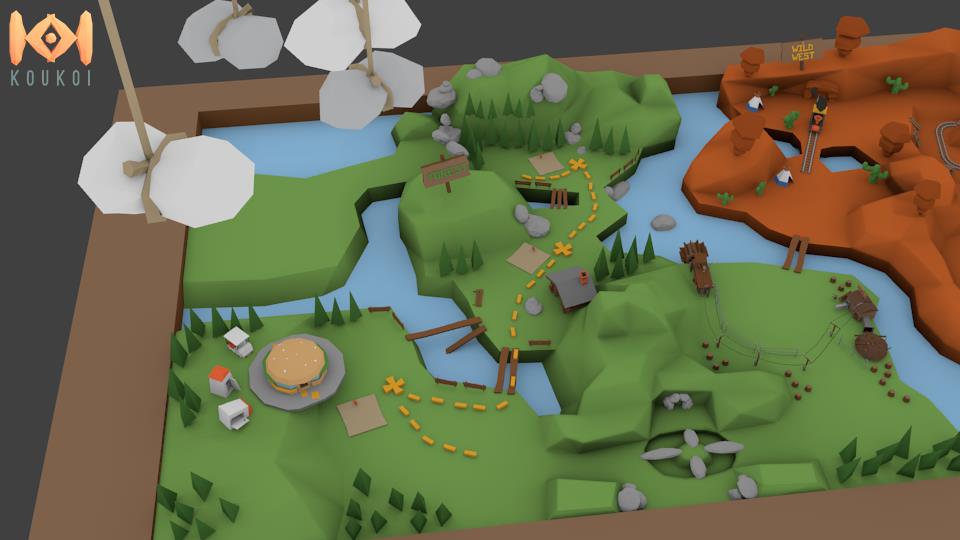
Mobile game animations are undergoing a transformative evolution, driven by a wave of cutting-edge innovations. From real-time motion capture technology to hyper-realistic 3D character models, these advancements are reshaping the future of mobile gaming.
This article explores 12 groundbreaking innovations that are revolutionizing the way animations are created and experienced on mobile devices. With a focus on knowledge, analysis, and informative insights, this piece aims to inform and inspire a freedom-seeking audience eager to stay ahead in the ever-evolving world of mobile gaming.
Real-Time Motion Capture Technology
The real-time motion capture technology is revolutionizing the way mobile game animations are created and enhancing the overall gaming experience for players.
This cutting-edge technology allows for precise and accurate real-time body tracking, enabling game developers to capture the movements of human actors and translate them into lifelike character animations.
By using advanced algorithms and hardware, real-time motion capture systems can accurately recognize and interpret gestures, allowing players to interact with the game using natural movements and gestures.
This level of immersion and interactivity creates a more engaging and realistic gaming experience, giving players the freedom to control their characters with their own body movements.
With real-time motion capture technology, mobile games are pushing the boundaries of what is possible and setting new standards for animation quality and player engagement.

Augmented Reality Integration
Augmented reality (AR) integration in mobile gaming has become increasingly popular in recent years, revolutionizing the way users interact with virtual environments.
With advancements in AR technology, the future of mobile gaming holds immense potential for immersive experiences that seamlessly blend the virtual and real world.
AR in Mobile Gaming
With the rapid advancements in technology, augmented reality integration has become a game-changing feature in the world of mobile gaming. AR in mobile gaming refers to the integration of virtual elements into the real world, creating an immersive and interactive experience for players. This technology has opened up new opportunities for game developers to create unique and engaging gameplay experiences.
One of the key benefits of AR in mobile gaming is its ability to enhance monetization strategies. By integrating AR features into mobile games, developers can offer in-app purchases for virtual items or upgrades, creating additional revenue streams. Additionally, AR can be used to incorporate location-based advertising or sponsored content, allowing developers to further monetize their games.
Moreover, AR in mobile gaming has the potential to increase player engagement and retention. The immersive nature of AR experiences can captivate players, keeping them coming back for more. By offering innovative and compelling AR gameplay, developers can build a loyal fan base and generate long-term success for their mobile games.
The future of mobile gaming is undoubtedly being reshaped by the integration of augmented reality.
Future of AR
As technology continues to evolve, game developers are increasingly looking to harness the potential of augmented reality integration in order to revolutionize the mobile gaming industry.
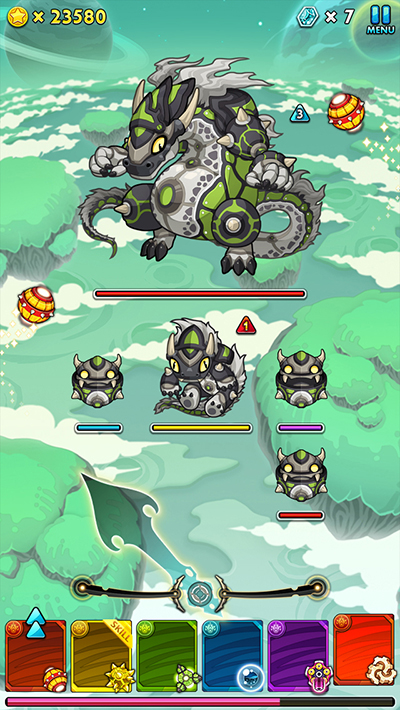
Augmented reality gaming offers a unique and immersive experience that combines the virtual world with the real world, allowing players to interact with digital objects in their physical environment.
With the advancements in mobile devices and the increasing popularity of AR applications, the future of mobile entertainment is undoubtedly intertwined with augmented reality.
The possibilities are endless - from exploring virtual worlds in your own backyard to battling virtual creatures in your living room.
Augmented reality has the potential to bring a whole new level of excitement and engagement to mobile gaming, and it is only a matter of time before we see its full potential unleashed.
Enhancing User Experience
Innovative game developers are increasingly exploring the potential of augmented reality integration to enhance the user experience and transform the landscape of mobile gaming. By leveraging gamification techniques and virtual reality integration, developers are able to create immersive and interactive experiences that captivate players like never before.
Augmented reality (AR) adds a layer of virtual content to the real world, allowing players to interact with virtual objects and characters within their physical surroundings. This integration enhances the user experience by creating a sense of presence and making the gameplay more engaging and interactive.
Gamification techniques, such as rewards, achievements, and leaderboards, further enhance the user experience by adding a competitive element and encouraging players to continue playing and exploring the game.
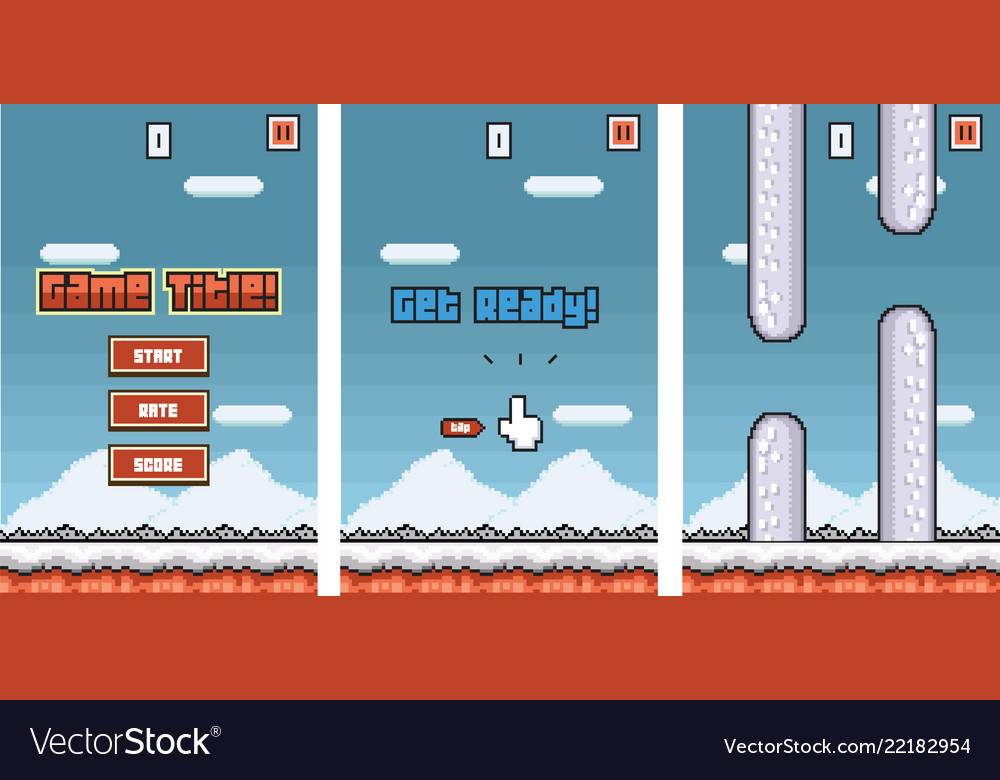
Virtual reality integration adds another dimension to the gameplay, providing players with a fully immersive experience that transports them to virtual worlds and allows for a more realistic and engaging gaming experience.
With the continuous advancements in technology, the possibilities for enhancing user experience through augmented reality integration in mobile gaming are endless.
Advanced Facial Animation Techniques
Advanced facial animation techniques
are revolutionizing the way characters express emotions in mobile games.
With the use of cutting-edge technology, developers are now able to create more realistic facial expressions,
allowing players to truly connect with the characters.
These enhanced character emotions not only make the gaming experience more immersive,
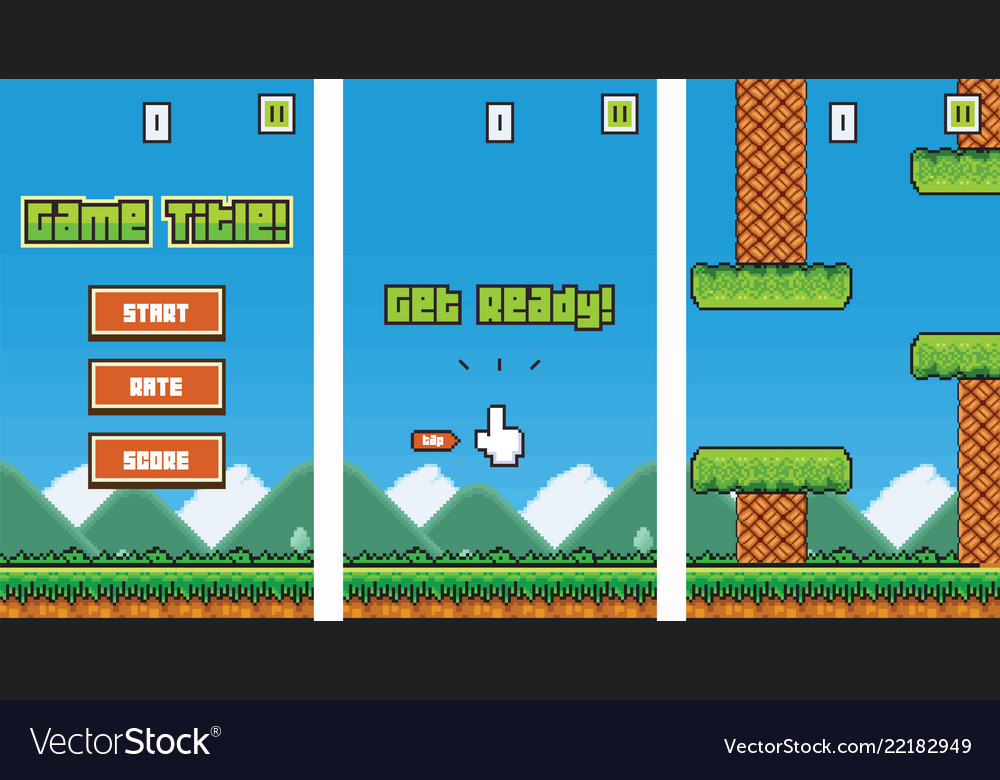
but also contribute to a deeper storytelling and gameplay.
Realistic Facial Expressions
A plethora of cutting-edge innovations in the field of mobile game animations are revolutionizing the way realistic facial expressions are achieved through advanced facial animation techniques.
One such innovation is facial recognition technology, which enables the game to analyze the player's facial movements and translate them into the virtual character's expressions. This technology allows for a more immersive gaming experience, as players can see their own emotions reflected in the game.
Additionally, emotion-driven animations are being used to enhance facial expressions in mobile games. These animations are designed to respond to the player's emotions, creating a more dynamic and realistic character.
Enhanced Character Emotions
Utilizing sophisticated facial animation techniques, mobile game developers are now able to evoke enhanced character emotions through masterful portrayal of facial expressions. With the advancements in AI-driven emotion recognition and real-time facial tracking, characters in mobile games can express a wide range of emotions, making the gaming experience more immersive and engaging.
AI-driven emotion recognition algorithms analyze facial features and movements to detect emotions such as happiness, sadness, anger, and surprise. This enables game developers to create characters that respond realistically to different situations, enhancing the emotional connection between players and the game.
Real-time facial tracking technology allows for the capture of subtle facial movements and expressions, ensuring that characters in mobile games react instantaneously and convincingly. This level of realism brings characters to life, allowing players to empathize with their emotions and become more invested in the game's narrative.
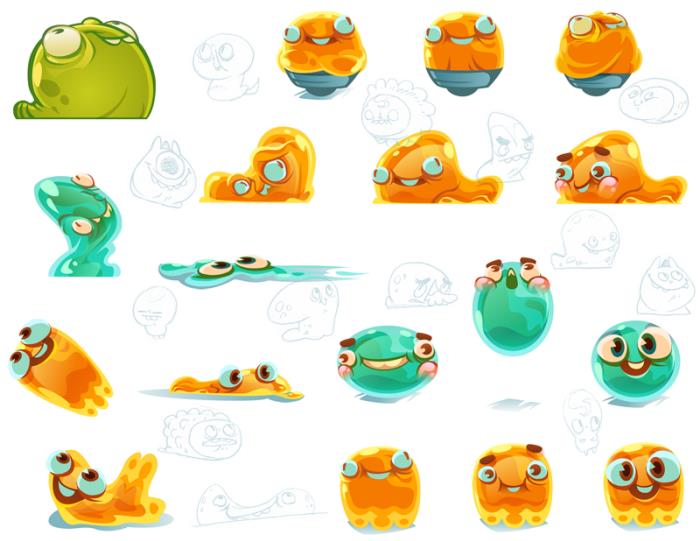
Interactive Physics-Based Animations
One of the key advancements in mobile game animations is the integration of interactive physics-based elements. This cutting-edge animation technique allows for more realistic and immersive gameplay experiences.
Here are four ways interactive physics-based animations are reshaping the future of mobile games:
Realistic object interactions: With interactive physics-based simulations, objects in the game world can move and react to player inputs or external forces in a natural and believable way. This adds a sense of realism and freedom to the gameplay.
Dynamic environments: Interactive physics-based animations enable developers to create dynamic environments that can change and evolve based on player actions. This adds a layer of unpredictability and excitement to the game world.
Fluid character movements: By applying physics-based simulations to character animations, mobile games can offer smoother and more natural movements. This enhances the overall gameplay experience and makes the characters feel more lifelike.
Innovative gameplay mechanics: Interactive physics-based animations open up new possibilities for innovative gameplay mechanics. Players can manipulate objects, solve puzzles, or interact with the game world in unique and creative ways, providing a sense of freedom and agency.
As mobile game developers continue to push the boundaries of interactive physics-based animations, players can look forward to more immersive and engaging gameplay experiences on their mobile devices.
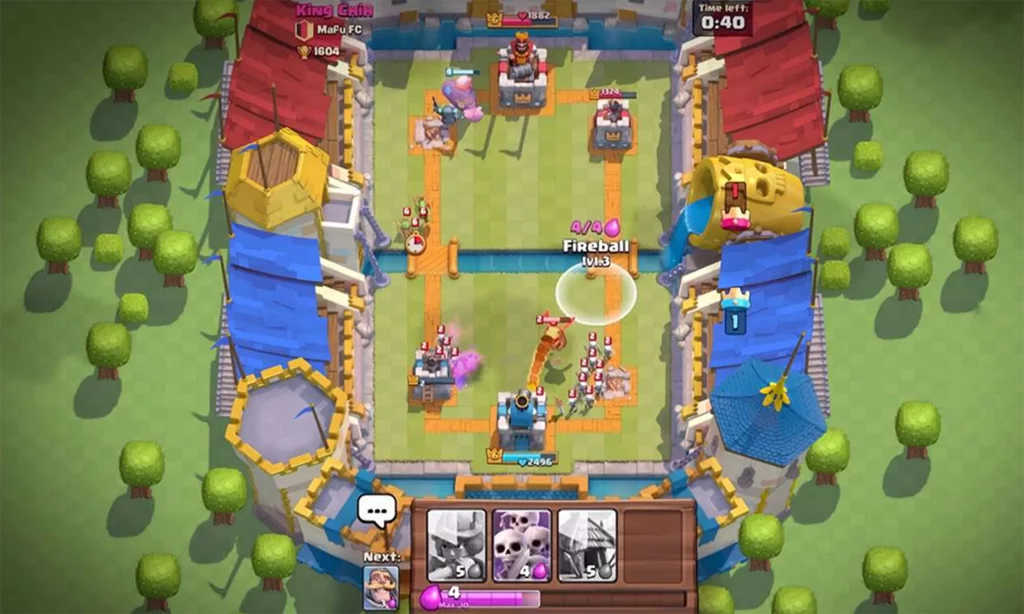
Ai-Driven Character Behavior
Several game developers are incorporating AI-driven character behavior to enhance the realism and complexity of mobile game animations.
AI-driven character customization allows players to have more control over the behavior and actions of their in-game avatars, leading to a more immersive gaming experience.
By using advanced algorithms and machine learning techniques, AI can analyze player behavior and adapt the character's actions accordingly, making the game feel more dynamic and responsive.
This level of customization also enables players to tailor the character's behavior to their preferences, allowing for a more personalized gaming experience.
Additionally, with the rise of virtual reality integration in mobile games, AI-driven character behavior becomes even more crucial in creating a realistic and interactive virtual world.
The combination of AI and virtual reality technology has the potential to revolutionize the way we play mobile games, offering a truly immersive and lifelike experience.
Developers are exploring innovative techniques to achieve seamless cross-platform animation synchronization, ensuring a consistent and immersive gaming experience across different devices. This synchronization is crucial in multiplayer games, where players expect their characters' actions to be perfectly aligned.
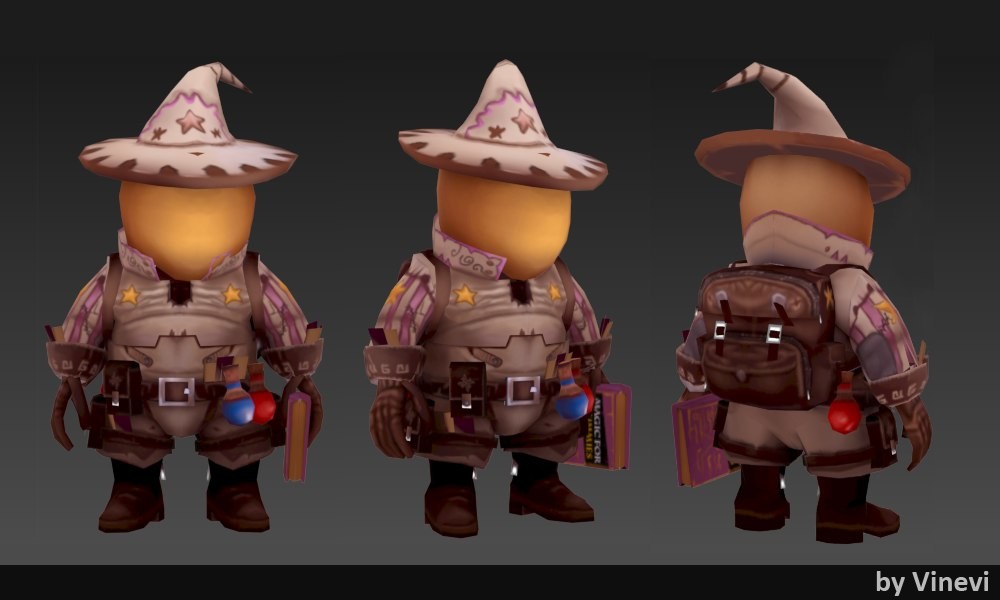
To achieve seamless cross-platform integration, developers are implementing the following techniques:
Networked Animation: By synchronizing animation states and transitions across devices, networked animation allows players to see the same animations simultaneously, regardless of their platform.
Predictive Animation: This technique predicts the future position and actions of other players, enabling devices to pre-load and seamlessly transition between animations, resulting in a smooth multiplayer experience.
Remote Animation: By offloading animation calculations to remote servers, developers can ensure consistent and synchronized animations across different platforms, reducing the strain on individual devices.
Adaptive Animation: This technique adjusts the quality and complexity of animations based on the capabilities of the device, ensuring a consistent experience across various platforms while optimizing performance.
Haptic Feedback for Enhanced Immersion
Harnessing the power of haptic feedback and incorporating it into mobile game animations creates an enhanced immersive experience for players. Haptic technology integration allows game developers to provide tactile feedback enhancement, adding a new layer of realism to gameplay.
By utilizing haptic feedback, players can feel the impact of in-game actions through vibrations and sensations, making the virtual world feel more tangible and engaging. For example, in a racing game, the haptic feedback can simulate the feeling of the car's engine rumbling or the vibrations of the road. This not only enhances the overall gaming experience but also adds a sense of depth and realism to the gameplay.
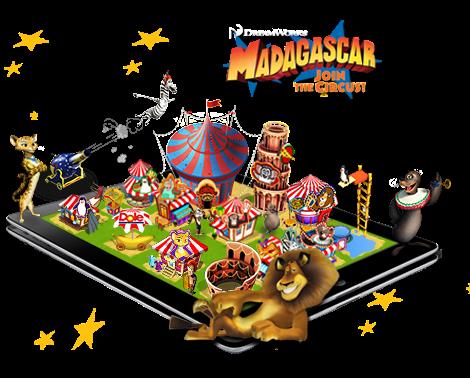
With advancements in haptic technology, players can now experience a whole new level of immersion, making mobile gaming even more captivating and enjoyable.
Dynamic Lighting and Shading Effects
The integration of dynamic lighting and shading effects revolutionizes the visual aesthetics of mobile game animations, elevating the immersive experience for players. With the advancement of real-time rendering techniques and the development of advanced shader technologies, game developers now have the tools to create stunning lighting effects that dynamically interact with the game environment and characters.
Here are four ways dynamic lighting and shading effects are reshaping the future of mobile game animations:
Realistic Shadows: Dynamic lighting allows for the simulation of realistic shadow effects, enhancing the depth and realism of game environments.
Atmospheric Lighting: Advanced shader technologies enable the creation of atmospheric lighting effects, such as sunsets, moonlight, and glowing objects, adding a new level of visual appeal to mobile games.
Character Interaction: Dynamic lighting effects can be used to highlight character interactions, such as casting realistic shadows when characters move or creating dynamic reflections on their surfaces.
Immersive Environments: By incorporating dynamic lighting and shading effects, mobile games can create immersive environments that respond to player actions and enhance the overall gameplay experience.

Gesture-Based Control Systems
Gesture-based control systems have revolutionized the way users interact with mobile games. These systems offer enhanced user interaction by allowing players to control the game using natural hand movements and gestures.
This not only creates more immersive gaming experiences but also opens up new possibilities for innovative control advancements, making mobile gaming more intuitive and accessible to a wider audience.
Enhanced User Interaction
Utilizing intuitive hand movements, mobile game developers are incorporating advanced gesture control systems to enhance user interaction and immersion. These cutting-edge innovations are revolutionizing the way players engage with mobile games, offering a more immersive and intuitive experience.
Here are four ways enhanced user interaction through gesture-based control systems is reshaping the future of mobile game animations:
Enhanced game mechanics: Gesture control systems allow players to perform complex actions and maneuvers with simple hand movements, adding depth and complexity to gameplay mechanics.
Interactive storytelling: With gesture-based control systems, players can become active participants in the game's narrative, making choices and influencing the story through their physical actions.
Increased freedom and flexibility: Gesture control systems eliminate the need for traditional controllers, giving players the freedom to play games anywhere, anytime, with just their hands.
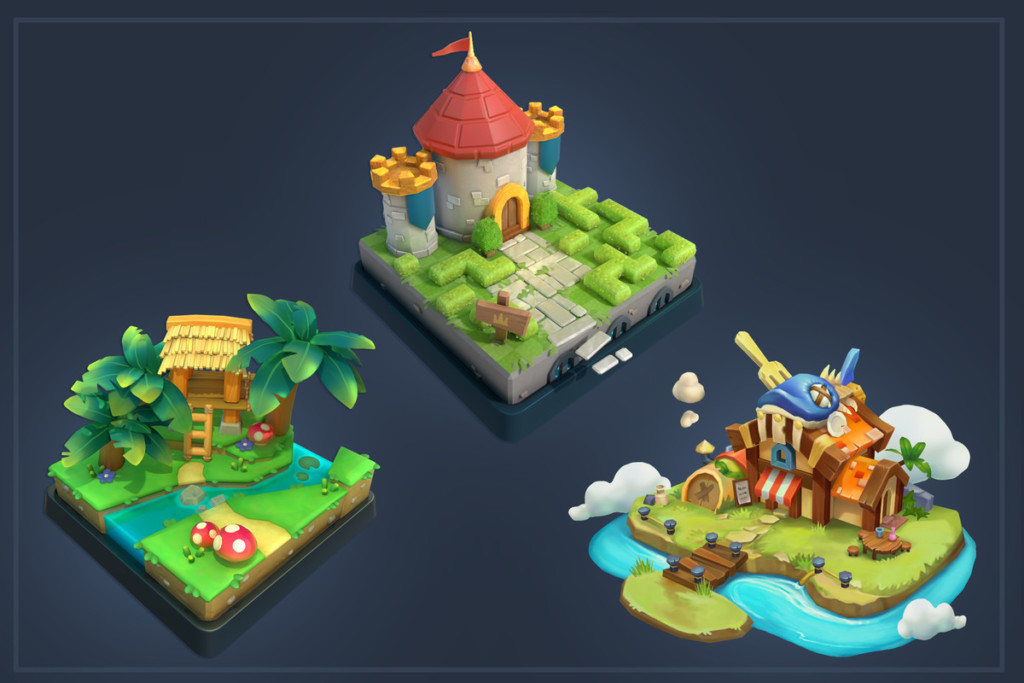
Immersive experience: By incorporating gesture-based controls, mobile games can provide a more immersive experience, making players feel like they are physically interacting with the virtual world.
With these advancements, mobile game animations are becoming more interactive and engaging, offering players a new level of freedom and immersion.
Immersive Gaming Experiences
One significant advancement in mobile game animations is the incorporation of gesture-based control systems. These systems offer players a heightened level of immersion and interaction. By using motion controlled gameplay, players can control their in-game characters and actions through physical gestures. This creates a more immersive virtual reality experience.
Gesture-based control systems allow players to mimic real-life movements to perform actions within the game. This not only adds a new level of excitement and realism to mobile gaming but also provides players with a sense of freedom and control. With this technology, players can physically swing a virtual sword, throw a virtual ball, or even perform complex dance moves.
This technology is revolutionizing the way we interact with mobile games. It is making them more engaging and enjoyable than ever before.
Innovative Control Advancements
With the integration of cutting-edge technology and the implementation of innovative control advancements, mobile game animations are undergoing a transformative shift in the form of gesture-based control systems. These advancements in control mechanisms have revolutionized the way players interact with their favorite mobile games, enhancing the overall gaming experience.
Here are four key aspects of this innovation:
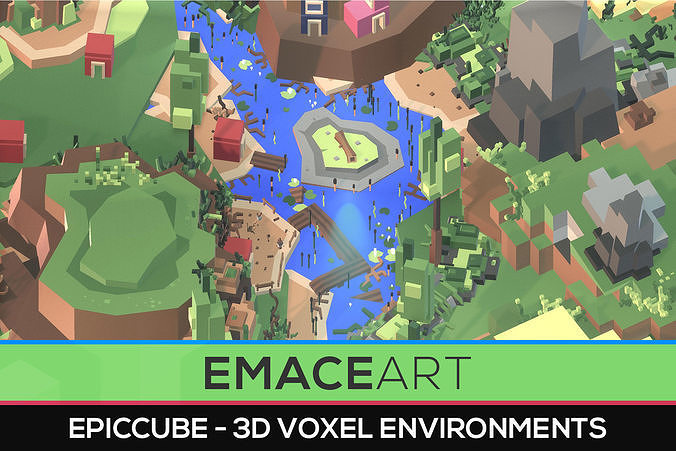
Advanced Gesture Recognition: Gesture-based control systems utilize advanced algorithms to accurately interpret and respond to a player's hand movements, allowing for more intuitive control and precise gameplay.
Enhanced Immersion: By incorporating gesture-based control systems, mobile games can provide a more immersive experience, allowing players to physically interact with the virtual world and feel a greater sense of freedom.
Improved Accessibility: Gesture-based controls offer a more inclusive gaming experience, as they eliminate the need for complex button combinations or specialized controllers. This opens up gaming to a wider audience, including those with physical disabilities.
Virtual Reality Integration: Gesture-based control systems are a natural fit for virtual reality (VR) gaming, as they allow players to seamlessly interact with virtual environments using their hands and body movements. This integration further enhances the immersive nature of VR gaming.
Procedural Animation Generation
In recent years, the development of procedural animation generation techniques has increasingly revolutionized the mobile gaming industry. Procedural animation techniques refer to the use of algorithms to automatically generate animations, eliminating the need for manual animation creation. This approach has opened up new possibilities for mobile game developers, allowing them to create realistic and dynamic animations with less time and effort.
Algorithmic animation generation has become particularly popular in mobile games due to its ability to provide a greater level of freedom and flexibility. With procedural animation techniques, developers can create animations that respond to player actions and environmental factors in real-time, resulting in a more immersive and interactive gaming experience.
Furthermore, the use of procedural animation generation allows for the creation of more varied and complex animations. By utilizing algorithms, developers can generate a wide range of animations that can adapt to different situations and characters, enhancing the overall visual appeal of mobile games.
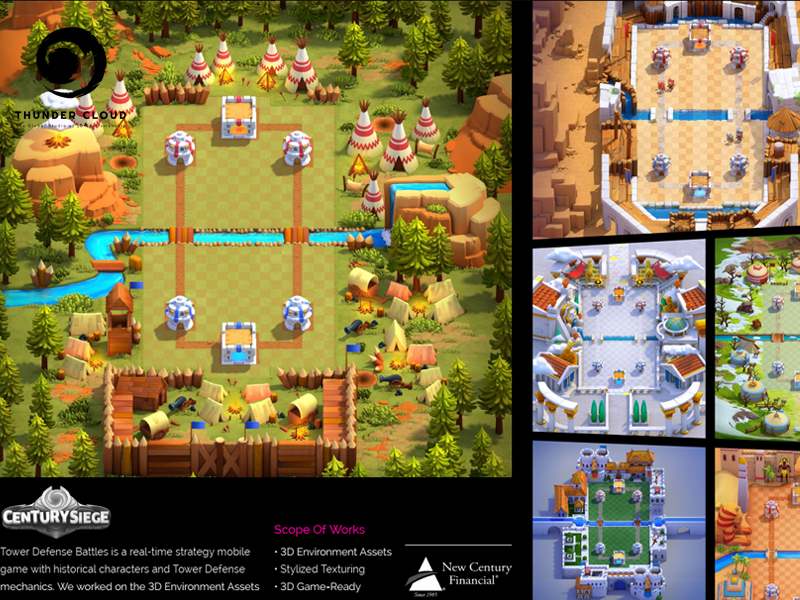
Hyper-Realistic 3D Character Models
Advancements in technology have allowed for the creation of hyper-realistic 3D character models that bring mobile game animations to life with unprecedented levels of detail and authenticity. These cutting-edge innovations have revolutionized the gaming industry, providing gamers with a more immersive and realistic experience.
Here are four key features that contribute to the hyper-realism of these character models:
Enhanced Texture Mapping: With improved texture mapping techniques, game developers can create highly detailed and lifelike textures for character models. This enables the realistic rendering of skin, clothing, and other surfaces, adding depth and realism to the characters.
Realistic Hair Simulation: Hair has always been a challenge in animation, but with advanced algorithms and physics-based simulations, game developers can now create characters with realistic hair movement, flow, and texture. Each strand of hair can be individually animated, resulting in stunningly realistic hairstyles.
High-Quality Facial Expressions: Hyper-realistic 3D character models feature intricate facial animations that accurately capture the subtle nuances of human expressions. Realistic eye movements, lip syncing, and facial muscle simulations contribute to the overall authenticity of the characters.
Detailed Body Mechanics: These character models go beyond just realistic appearances. They also incorporate advanced body mechanics, allowing for lifelike movements, gestures, and interactions. From walking and running to complex combat sequences, these models can convincingly mimic human motion.
As technology continues to advance, we can expect even more impressive and lifelike character models in future mobile games, further blurring the lines between reality and virtual worlds.
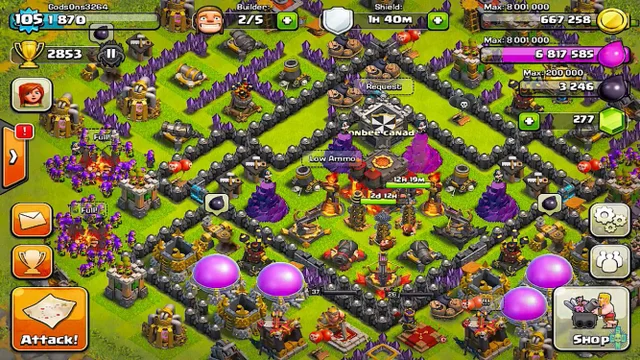
Multiplayer Animation Synchronization
Multiplayer games require seamless animation synchronization to ensure a cohesive and immersive gaming experience. Real-time multiplayer synchronization is a crucial aspect of multiplayer games, as it allows multiple players to interact with each other in a virtual environment.
Advanced animation techniques are utilized to synchronize the movements and actions of multiple players, ensuring that their actions are accurately represented in the game world.
One of the key challenges in multiplayer animation synchronization is minimizing the latency between players. This is achieved through the use of predictive algorithms and interpolation techniques, which allow the game to predict the actions of other players and smoothly interpolate their movements in real-time.
In addition to movement synchronization, advanced animation techniques also enable synchronized interactions between players. This includes actions such as combat, gestures, and other interactive elements that require precise timing and coordination.
Frequently Asked Questions
How Does Real-Time Motion Capture Technology Work in Mobile Game Animations?
Real-time motion capture technology in mobile game animations utilizes real-time tracking of human movements to create lifelike character animations. This technique is enhanced by the application of machine learning algorithms, which analyze and interpret the captured data for accurate and immersive gameplay experiences.
What Are Some Examples of Advanced Facial Animation Techniques Used in Mobile Game Animations?
Facial recognition tracking and real-time facial rigging are advanced facial animation techniques used in mobile game animations. These innovations enable developers to create more realistic and expressive character animations, enhancing the overall gaming experience.
How Does Haptic Feedback Enhance Immersion in Mobile Game Animations?
Haptic feedback in mobile game animations enhances immersion by providing tactile sensations that correspond to in-game actions. This technology, along with virtual reality, creates a more immersive and realistic gaming experience for players.
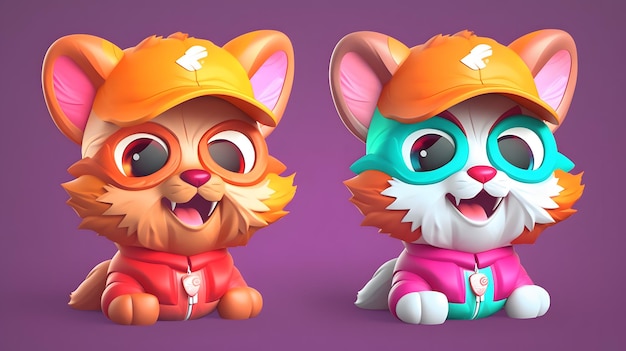
Can You Explain the Process of Dynamic Lighting and Shading Effects in Mobile Game Animations?
Dynamic lighting techniques and shading effects play a crucial role in enhancing the visual quality of mobile game animations. By simulating realistic lighting conditions and applying various shading algorithms, developers can create immersive and visually stunning experiences for players.
What Are Some Examples of Gesture-Based Control Systems Used in Mobile Game Animations?
Gesture-based control systems in mobile game animations utilize motion tracking technology to allow users to interact with the game through natural hand and body movements. This innovative approach enhances user experience and provides a sense of freedom and immersion.
 Digital Art InstructionDIY Infographics DesignMobile Game ArtworkPersonalized Logo Design3D AnimationeBook Covers DesignPrivacy PolicyTerms And Conditions
Digital Art InstructionDIY Infographics DesignMobile Game ArtworkPersonalized Logo Design3D AnimationeBook Covers DesignPrivacy PolicyTerms And Conditions
